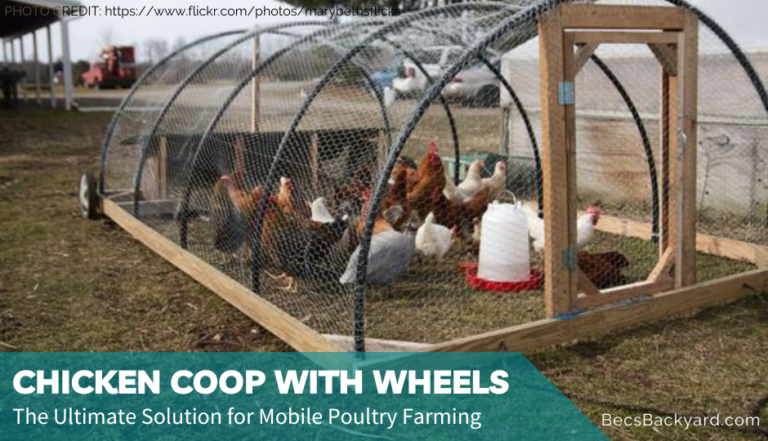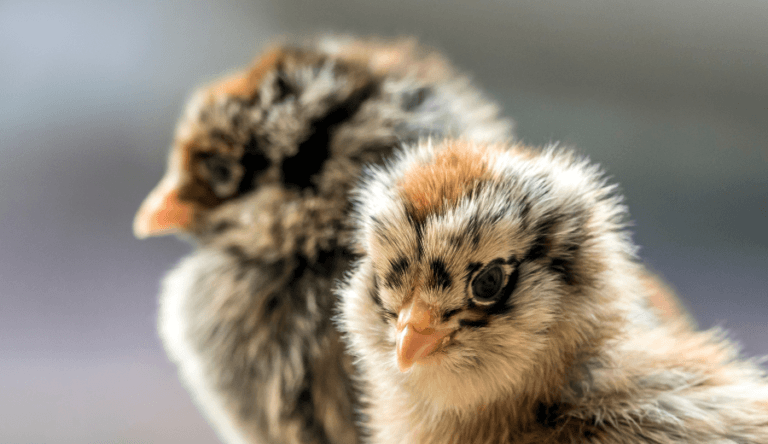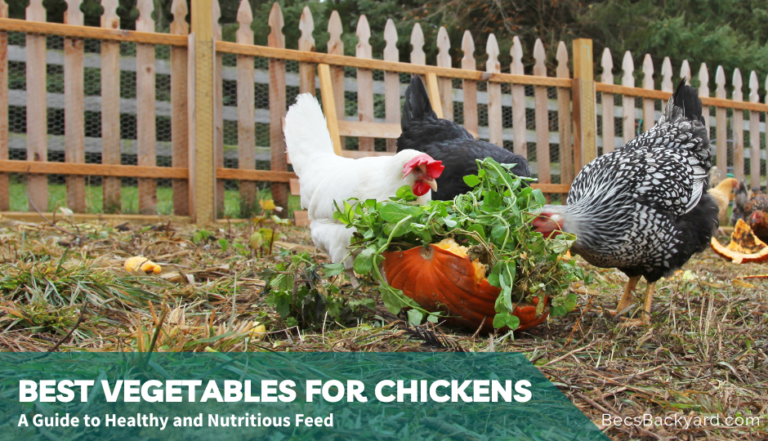How to Keep Chickens Warm in Winter

Keeping chickens is a very rewarding activity that all members of the family can get involved in. To get the best from your chickens and to ensure they stay happy and healthy we must look at their needs. Each season there are different things that we need to consider, in this post we look at How To Keep Chickens Warm in Winter.
If you are NEW to chicken keeping read our Beginners Guide for a few quick tips.
Chickens are wearing a feather down jacket year round (except for when they are molting), which means the cooler months are not as big of an issue for them, so their natural instincts and actions are usually enough to keep them warm.
This is what Chickens do to stay warm:

Feathers
They fluff their feathers, their feathers are designed to trap air pockets between them, this helps to insulate the bird’s body. The feathers also provide some protection from the elements, such as rain and snow, and they help to reduce heat loss from the bird’s body.
Roosting
When roosting at night they huddle together to share body heat. If you take a peak in their house at night time you will see them all gathered together on their roost
Metabolism
A chicken’s system also generates heat by burning calories – so doing what they love doing best, eating, helps in them maintain their temperature
Chickens are able to tolerate cold temperatures, but you do need to take some measures to make sure their natural insulation is effective. Here is what you can do to help as a chicken parent.
WINTERISE THEIR COOP
Weatherproof
The chicken coop and run need to be a dry environment. Moisture in the coop provides a nice little breeding ground for bacteria and other nasties that will harm your chicken, so this needs to be avoided. The first step will be to make sure that rain and snow can’t get into the coop/run – a good roof and walls, especially in the coop area for night time.
Insulation
This won’t be possible on all coops due to the nature of their construction, however if you are fortunate enough to have a well built coop you may have space in the wall cavities to insert some form of insulation. The types of insulation that could be used are: wool, spray foam, recycled polystyrene or fibreglass wool. The important factor here it that whatever you use to insulate doesn’t get wet and retain the moisture.

Eliminate drafts
Provide a draft-free coop: Chickens can tolerate cold temperatures, but they are sensitive to drafts. Make sure the coop is well-insulated and draft-free to keep the birds warm. An easy way to achieve this is to tape/nail up plastic sheeting
Maintain good ventilation
There is a difference between eliminating drafts and allowing for good ventilation. Ventilation is a constant exchange of air – this allows any ammonia build up from droppings can exit the coop with fresh air replacing it. A couple of holes or vents under the eaves of the coop will achieve this easily.
Flooring
Having a material on the floor that will absorb moisture from the droppings helps with the overall health of the coop and occupants. The deep litter method using pine shavings is a great way to achieve this.
THE DON’TS
- DON’T use straw as bedding. While straw can have some properties that make it an insulator, it can also retain moisture and this leads to bigger problems with breeding of bacteria and mold growth
- DON’T use heat lamps. If you employ the winterizing a coop methods above you should not have to used heat lamps. Heat lamps are a major fire risk and there are many causalities every year. The temperatures in the chicken coop should also not be vastly different to the outside temperatures. If the hens are toasty warm inside and go out into a winter temperature they can die when they experience extreme temperature drops.
- DON’T secure up the coop so tight that there is zero ventilation
How to Keep Chickens Warm in Winter : My Summary
Preparing your chickens for winter is a simple task and one that you can routinely perform every year. IT also does not need to be an ongoing expense as you will have seen in the DIY video where a roll of plastic sheeting can be used year after year.
Your chickens are well equipped for cold weather and they instinctually know what to do to preserve body heat, so give them the best situation to do this for themselves.
Let me know in the comments how you prep for winter with your girls!

.






